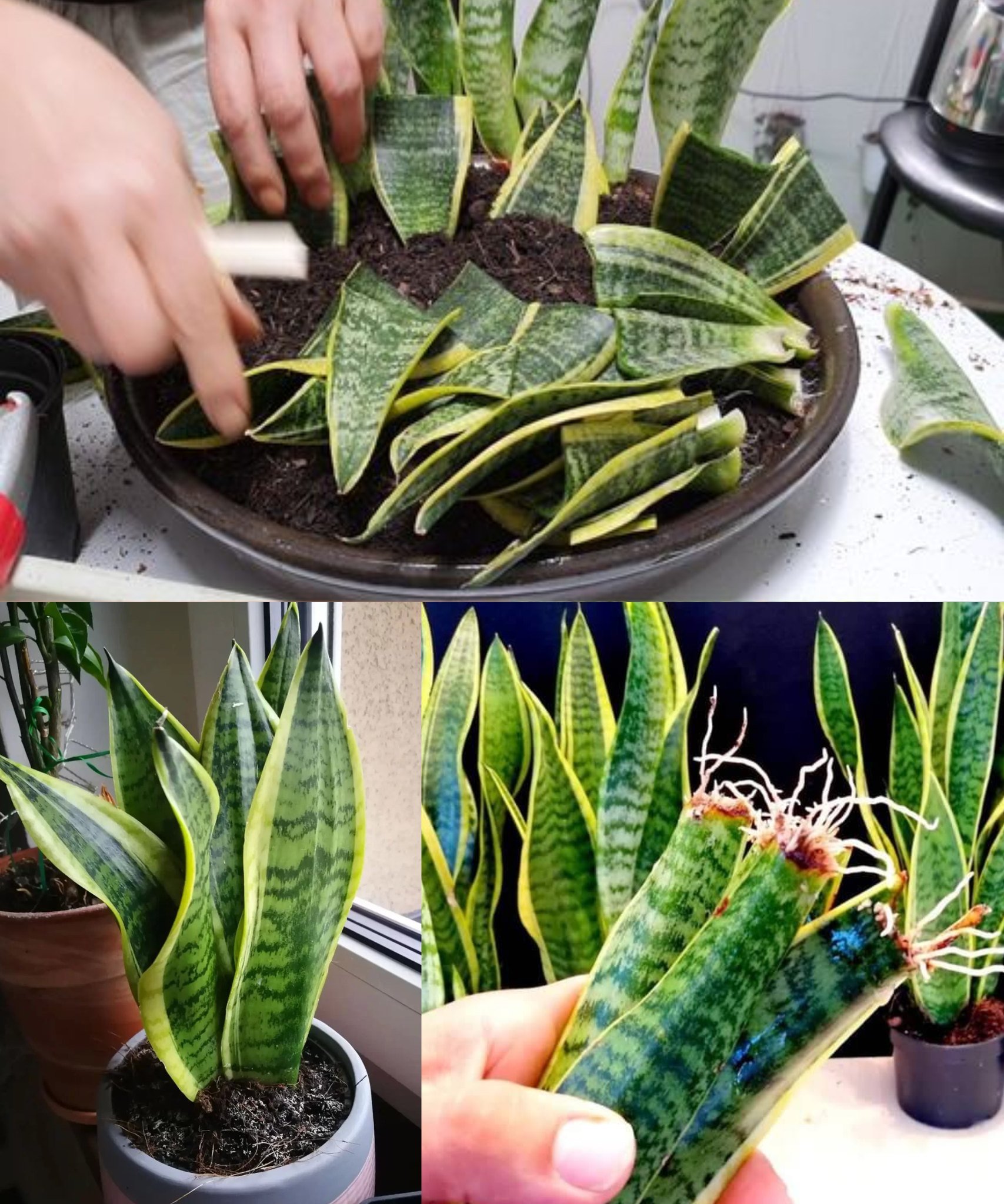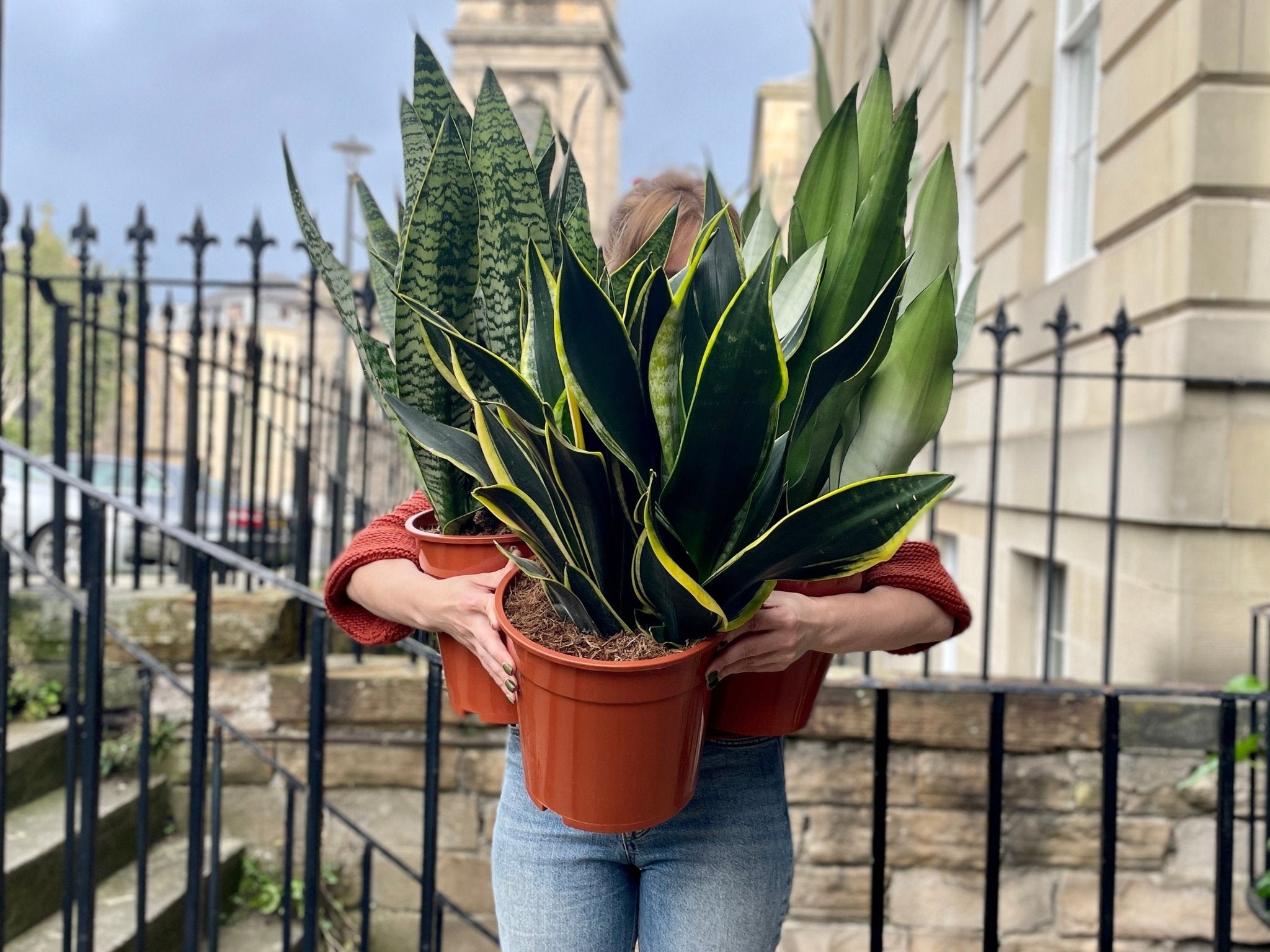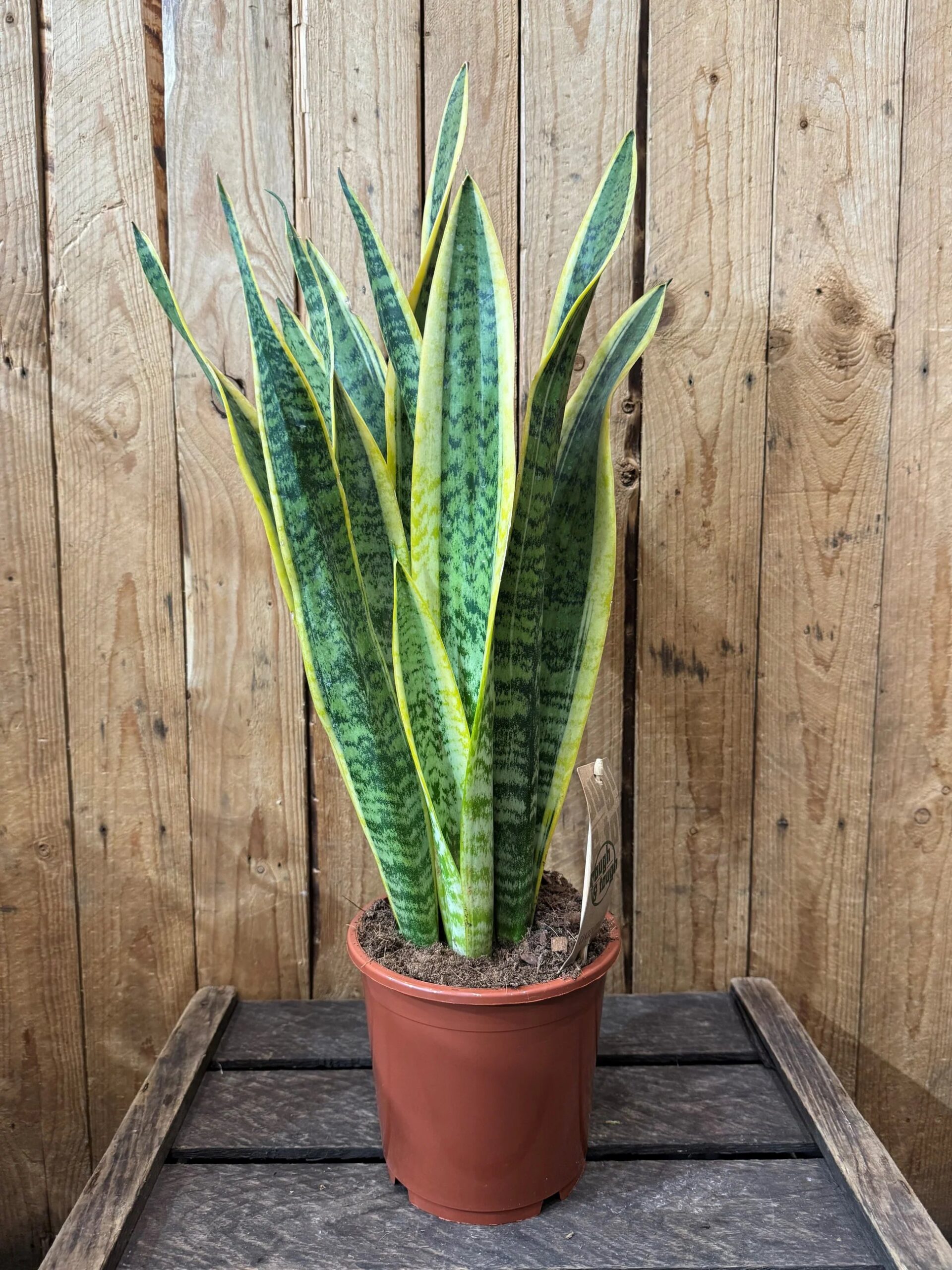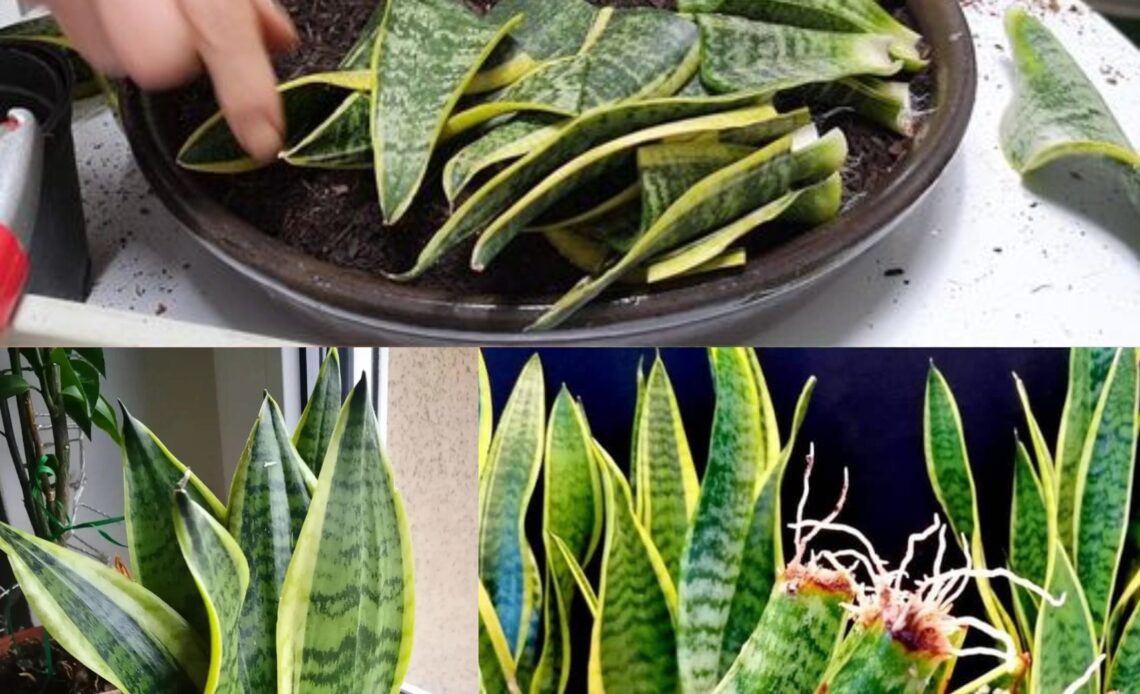Sansevieria, commonly known as snake plant or mother-in-law’s tongue, is one of the most popular houseplants due to its striking appearance, air-purifying abilities, and resilience. What makes this plant even more fascinating is how incredibly easy it is to propagate. If you have one healthy Sansevieria, you can multiply it into an endless supply with just a little patience and the right technique. Whether you want to expand your indoor jungle, share plants with friends, or even start a small business, propagating Sansevieria is an effortless and rewarding process.
### **Why Multiply Your Sansevieria?**

Before diving into the propagation methods, let’s look at why growing more Sansevieria plants is a fantastic idea:
– **Low Maintenance:** Sansevieria thrives on neglect, making it ideal for beginners and busy individuals.
– **Air-Purifying Properties:** It absorbs toxins and releases oxygen, improving indoor air quality.
– **Cost-Effective:** Instead of buying new plants, you can grow multiple plants from just one.
– **Aesthetic Appeal:** Sansevieria’s tall, upright leaves make a bold decorative statement in any space.
– **Gifting & Selling Opportunities:** With the right propagation methods, you can create endless plants to gift or even sell.
Now, let’s explore three easy ways to propagate Sansevieria and ensure the best success in multiplying your collection.
### **Method 1: Division – The Fastest & Most Reliable Way**
If you’re looking for the quickest way to grow multiple plants, division is your best option. This method involves separating the plant’s underground rhizomes, which naturally produce new growth.
#### **Step-by-Step Guide:**
1. **Remove the Plant from Its Pot:** Carefully take out your Sansevieria from its pot and shake off excess soil to expose the rhizomes.
2. **Identify Natural Divisions:** Look for sections where the plant has formed separate clusters of leaves with their own roots.
3. **Separate the Rhizomes:** Use a clean, sharp knife or your hands to gently separate these clusters. Ensure each divided section has at least one leaf and some roots attached.
4. **Replant in Fresh Soil:** Place each new plant in a separate pot with well-draining soil (such as a succulent mix).
5. **Water Sparingly:** Give the newly potted plants a small amount of water and allow the soil to dry out before watering again.
**Best for:** Those who want instant new plants with an already established root system.
### **Method 2: Leaf Cuttings in Water – Watch the Magic Happen**

Another simple and fun method of propagation is through leaf cuttings placed in water. This technique allows you to witness root growth before transplanting the new plants into soil.
#### **Step-by-Step Guide:**
1. **Select a Healthy Leaf:** Choose a mature, healthy Sansevieria leaf and cut it into 3–4 inch sections using clean scissors or a knife.
2. **Let the Cut Ends Dry:** Place the cuttings in a dry area for about 24 hours to allow the wound to callous, preventing rot.
3. **Place in Water:** Submerge the bottom part of each cutting in a glass or jar of water, ensuring that only about an inch is underwater.
4. **Change Water Regularly:** Refresh the water every 5–7 days to prevent bacteria buildup and encourage root growth.
5. **Wait for Roots to Develop:** After 4–6 weeks, small roots will appear at the bottom of the cuttings.
6. **Transfer to Soil:** Once the roots are about an inch long, plant the cuttings in well-draining soil and continue regular care.
**Best for:** Those who enjoy watching the root development process before planting.
### **Method 3: Leaf Cuttings in Soil – The Most Hassle-Free Approach**
For those who prefer a more hands-off method, propagating Sansevieria directly in soil is another effective technique.
#### **Step-by-Step Guide:**
1. **Choose a Mature Leaf:** Cut a healthy Sansevieria leaf into sections, ensuring each piece is around 3–4 inches long.
2. **Allow Cuttings to Dry:** Let the cut pieces sit for 24 hours to form a callous over the cut surface.
3. **Plant in Soil:** Insert each leaf section upright into well-draining soil, burying about an inch deep.
4. **Water Sparingly:** Lightly mist the soil initially and then water only when it feels dry.
5. **Be Patient:** New roots and baby plants will start appearing in about 6–8 weeks.
**Best for:** Those who want a straightforward, no-fuss propagation method without dealing with water changes.
### **Pro Tips for Successful Propagation**

Regardless of the method you choose, these expert tips will help ensure your Sansevieria cuttings thrive:
– **Use the Right Soil:** A well-draining succulent or cactus mix is ideal to prevent root rot.
– **Avoid Overwatering:** Too much moisture can cause cuttings to rot before they establish roots.
– **Provide Indirect Light:** Sansevieria prefers bright, indirect light for optimal growth.
– **Be Patient:** Leaf cuttings take longer to develop into full plants compared to division, so don’t rush the process.
– **Mark the Cut Ends:** If using leaf cuttings, keep track of the original bottom end, as planting upside down will prevent root formation.
### **Common Problems and How to Fix Them**
Even though propagating Sansevieria is generally easy, here are a few common issues you might encounter:
– **Cuttings Rotting in Water:** This happens due to prolonged water exposure. Change water frequently and don’t submerge too much of the leaf.
– **No Roots After Several Weeks:** Make sure you’re keeping the cuttings in a warm environment and providing proper care.
– **Leaves Wilting or Turning Yellow:** Overwatering is the likely culprit. Allow the soil to dry before watering again.
– **Slow Growth:** Be patient Sansevieria is a slow-growing plant, and some cuttings may take months to develop new shoots.
### **Enjoy Your Ever-Growing Sansevieria Collection**

Propagating Sansevieria is an enjoyable, easy, and rewarding process. Whether you choose division, water propagation, or soil propagation, you’ll find yourself with an abundance of new plants in no time. This means more greenery for your home, unique gifts for friends, or even a way to start your own mini plant business.
With minimal effort, you can turn one snake plant into an endless supply, making it one of the best houseplants to propagate. So why not give it a try? Start today, and in just a few weeks, you’ll see the amazing results for yourself
